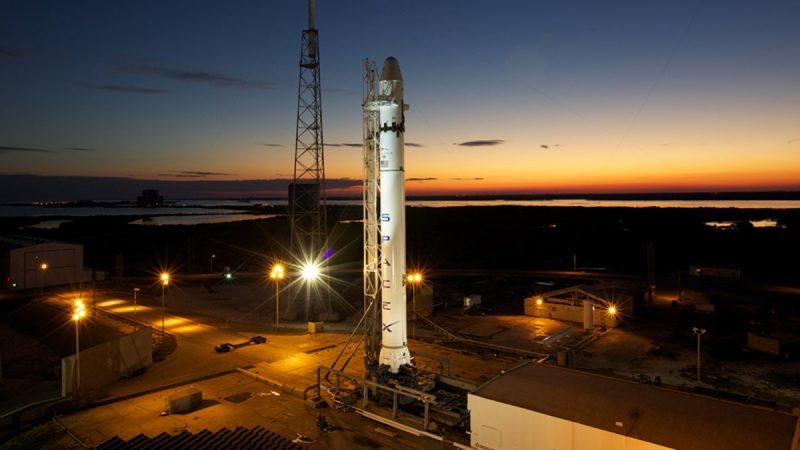Amid significant budget cuts, NASA is fast-tracking the development of nuclear reactors on the moon and next-generation space stations with one clear objective: beating U.S. adversaries in the new space race.
Two new memos signed by interim NASA chief and Transportation Secretary Sean Duffy outline a bold strategy to secure strategic ground on the moon. The centerpiece of this effort is a lunar nuclear reactor, a renewable and stable power source to support long-term exploration.
‘The goal is to power everything,’ a senior NASA official told Fox News Digital. ‘Our systems, habitats, rovers, robotic equipment, even future mining operations — everything we want to do on the moon depends on this.’
The moon’s environment makes this a necessity. Its month-long day cycle — two weeks of daylight followed by two weeks of darknessc — renders solar power unreliable. A reactor would allow missions to function around the clock.
China and Russia set sights on the moon
NASA officials warn that China and Russia have publicly announced plans for a joint lunar nuclear project by the mid-2030s. If they succeed first, they could establish exclusive control over the moon’s most valuable areas, locations with the most light and access to water and ice.
‘They could set up a ‘keep-out zone’ in the prime locations,’ the NASA official cautioned.
Despite financial constraints, Duffy’s leadership signals a renewed priority to lunar and Martian exploration.
‘China has already landed on the far side of the moon. We never have,’ the official added. ‘They’re moving on a steady path to dominate this domain.’
New contract structure for nuclear reactor development
The new directive solicits proposals for a 100-kilowatt nuclear reactor — enough to power about 80 homes — with a target launch date of 2030. It also requires NASA to appoint a dedicated program leader.
Today, many robotic spacecraft operate at just a few watts, the equivalent of a couple of light bulbs, which severely limits scientific capabilities. While the ISS uses solar panels, that model doesn’t work on the moon or Mars, where sunlight is too weak or unreliable.
Replacing the ISS: Commercial stations on the horizon
The second memo shifts focus to replacing the aging and leaking International Space Station (ISS), which is scheduled to be retired in 2030. Without a successor, China would become the only country with a permanently crewed station in orbit.
NASA now plans to select two commercial partners within six months of issuing new requests for proposals. Under Duffy’s direction, the agency is moving away from traditional fixed-price contracts and will instead use flexible Space Act Agreements, which give companies more freedom in how they build stations while saving time and money.
‘We’re telling companies what we need,’ a senior NASA official said. ‘But we’re not prescribing how they must do it. That flexibility saves us both time and resources.’
NASA wants the new station to be cheaper and easier to maintain than the ISS. Originally, it envisioned a platform that could host two astronauts for six months. But, under the revised plan, the minimum requirement is four astronauts for just one month.
Background: The Commercial Low Earth Orbit Destination program
NASA’s Commercial Low Earth Orbit Destination (CLD) initiative, launched in 2021, was structured in two phases:
- Phase 1: Fund companies — like Blue Origin and Northrop Grumman — to design private space stations.
- Phase 2: Award contracts for building and certifying selected stations.
Duffy’s directive calls for skipping fixed-price contracts in Phase 2 and continuing with Space Act Agreements, in line with tightening budget constraints.
Budget cuts reshape NASA’s future
According to the Trump administration’s fiscal 2026 budget proposal, NASA’s overall budget would drop from $24.8 billion to $18.8 billion, a 25% cut. The Science Mission Directorate, which oversees research in planetary science, astrophysics, Earth observation and heliophysics, would face a nearly 50% reduction. However, human spaceflight programs are slated for increased funding.
NASA has also confirmed that nearly 4,000 employees — about 20% of its workforce — have taken voluntary buyouts in recent months.
Despite these setbacks, agency officials remain optimistic.
‘Multiple companies tell us they can deliver a station within two years,’ one senior official said. ‘Timelines are always challenging, but we believe we can meet these goals — even on a leaner budget.’

